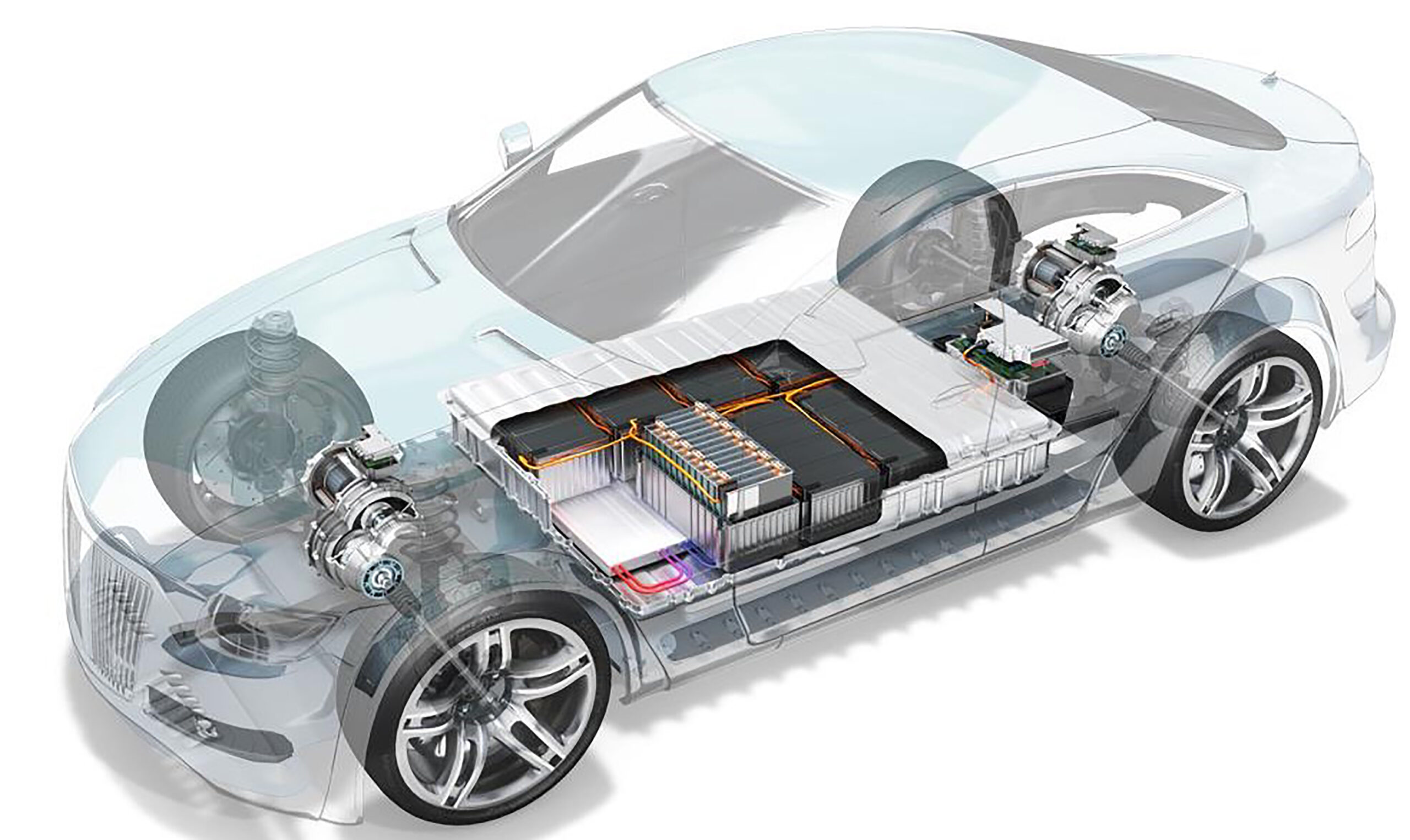Revolutionizing Battery Modeling for Electric Vehicles: The DEP MeshWorks Advantage


Modeling electric vehicle (EV) batteries presents a set of distinct challenges. CAE engineers are tasked with the intricate process of creating hexahedral meshes, adapting models to accommodate design changes, and replicating battery cells accurately. Furthermore, these models frequently necessitate parameterization to facilitate thorough and comprehensive analysis.
Enter DEP MeshWorks, a game-changing software suite crafted specifically for CAE engineers in the EV industry. Developed by Detroit Engineered Products and distributed by Dynas+ Engineering Products, DEP MeshWorks introduces an automatic tool that streamlines and simplifies battery modeling. Its interactive and user-friendly interface ensures accessibility for engineers of all skill levels, eliminating the need for cumbersome coding or manual labor.
Hexahedral mesh generation, known for its time-consuming nature, is revolutionized by DEP MeshWorks. Engineers can now swiftly and precisely produce high-quality meshes, eliminating the CAD clean-up woes that plague traditional methods.
Battery designs are subject to frequent iterations, and DEP MeshWorks empowers engineers to navigate these modifications seamlessly. Whether it involves adding openings, fine-tuning dimensions, or replicating cells, the software facilitates agility throughout the design process.
But DEP MeshWorks doesn't stop at meshing and modifications. It offers a comprehensive parameterization feature for battery models, providing engineers with the flexibility to explore countless scenarios effortlessly. Parameters encompass thickness, materials, shape morphing, and topology, enabling in-depth analysis.

Optimization
Parameterization
Modeling
Hexa mesh

Powertrain
Powering Progress in Electric Vehicle Battery Modeling
In the electric vehicle era, battery modeling is the keystone of innovation. DEP MeshWorks redefines the landscape by providing an automated, interactive, and user-friendly solution that empowers CAE engineers. With its capabilities for efficient meshing, easy modifications, and advanced parameterization, DEP MeshWorks is a catalyst for progress in the EV industry. Time saved translates into increased productivity, offering companies a competitive advantage in this rapidly evolving landscape.
As the electric vehicle market continues to grow, DEP MeshWorks stands as an indispensable tool, enabling engineers to model batteries efficiently and precisely. In the pursuit of a sustainable future, innovations like these drive us forward.






